Aquaguard RO UV PCB Price Guide: Understanding Costs & Finding the Best Deals
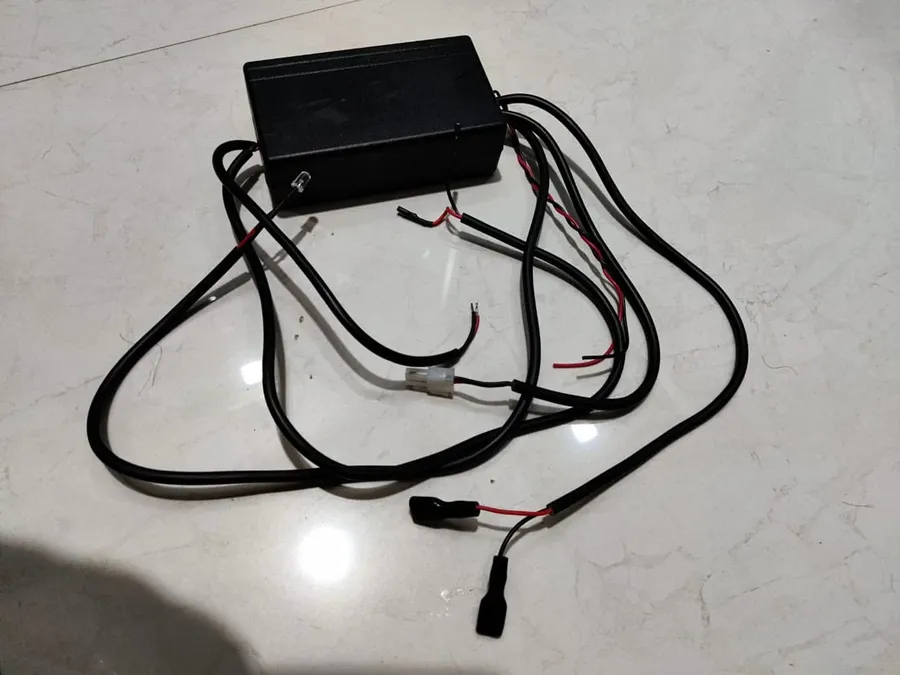
In our daily lives, access to clean water is a must. Aquaguard RO UV water purifiers play a crucial role in ensuring water safety. However, like any electronic device, they may require component replacements, specifically the PCB (Printed Circuit Board), which is the heart of the purifier. Understanding the factors impacting the 'aquaguard ro uv pcb price' is essential for making informed decisions and maintaining your purifier efficiently. Let’s explore the details to help you understand what impacts the cost and how to get the best value.
Understanding the Role of the Aquaguard RO UV PCB

The Printed Circuit Board (PCB) is the brain of your Aquaguard RO UV water purifier, acting as the central control unit that orchestrates all critical functions. Its proper functioning is paramount to ensuring effective water purification.
Specifically, the PCB manages the Reverse Osmosis (RO) pump which provides the pressure needed to filter water through the RO membrane, the Ultraviolet (UV) lamp which sterilizes the water, and various sensors that monitor water quality and system performance.
This sophisticated electronic component ensures the delivery of clean and safe drinking water by maintaining precise control over each stage of the purification process. A malfunctioning PCB can lead to decreased performance and may even pose a health risk by outputting non-purified water.
Factors Affecting Aquaguard RO UV PCB Prices
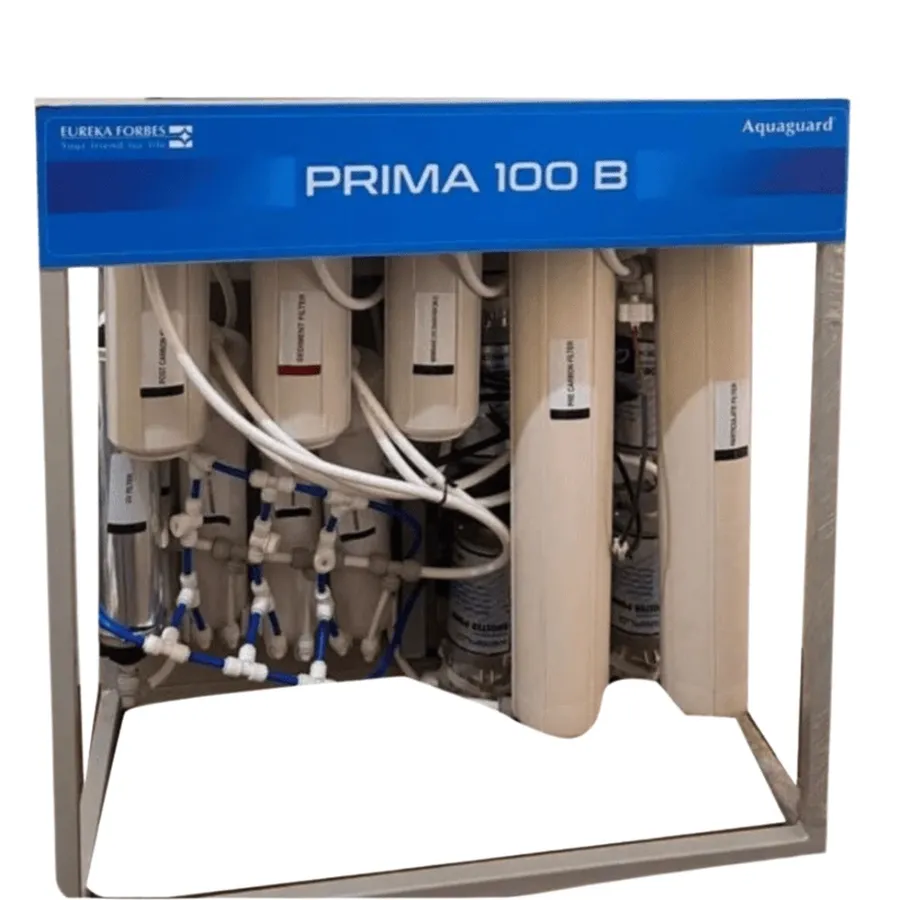
The price of an Aquaguard RO UV PCB (Printed Circuit Board) is not fixed; it fluctuates based on several key determinants. Understanding these factors is crucial for consumers seeking to obtain the correct replacement at a fair price. The cost is primarily a function of the specific model of your Aquaguard water purifier, the PCB's complexity, the chosen manufacturer or supplier, and geographical location.
| Factor | Description | Impact on Price |
|---|---|---|
| Aquaguard Model | Different models have varying PCB designs and capabilities. | Higher-end models often have more complex PCBs with higher costs. |
| PCB Complexity | Advanced PCBs with more features (e.g., TDS controllers, additional sensors) are more complex and expensive. | Greater complexity typically increases the cost of the PCB. |
| Manufacturer/Supplier | Prices vary between official Aquaguard service centers, third-party suppliers, and online marketplaces. | Authorized centers may have higher prices but offer genuine parts; third-party options might be cheaper but with potential risks. |
| Geographical Location | Pricing can fluctuate depending on region due to factors like local taxes, shipping costs, and market demand. | Prices may vary across states or countries due to cost of living. |
| Component Availability | If specific components of the PCB are scarce, prices can increase due to higher material cost. | Shortages in components can cause price increases due to production and supply issues. |
Typical Price Ranges for Aquaguard RO UV PCBs
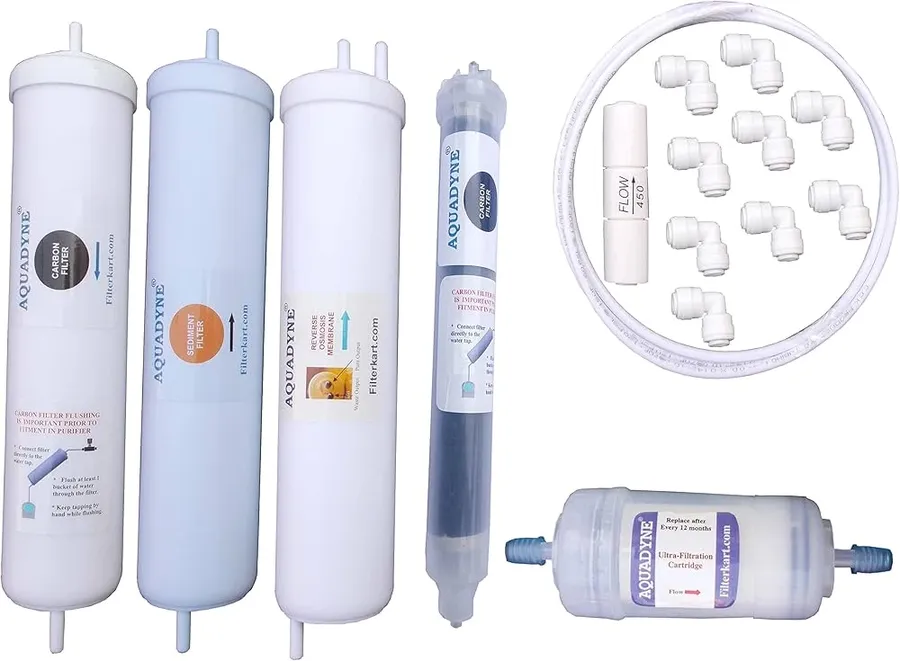
The cost of an Aquaguard RO UV PCB varies significantly based on the specific model of your water purifier, its age, and the complexity of the PCB itself. Understanding these typical price ranges will help you budget for a replacement and avoid unexpected expenses. While exact figures can fluctuate due to market conditions and supplier pricing, this section provides a general overview of what to expect.
| Aquaguard Model Type | Typical Price Range (INR) | Notes |
|---|---|---|
| Basic RO UV Models | ₹800 - ₹1500 | For older or simpler models with fewer features. |
| Advanced RO UV Models | ₹1500 - ₹2500 | Mid-range models with features like TDS controllers. |
| Premium RO UV Models | ₹2500 - ₹4000+ | High-end models with advanced sensors and features. |
| Aquaguard specific PCB Models | ₹1200 - ₹3500+ | Price variations based on specific Aquaguard model. |
It's crucial to note that these price ranges are estimates. The actual cost can be influenced by factors such as where you purchase the PCB (authorized service center vs. online retailer), any applicable taxes or shipping charges, and current market demand. Always confirm the final price before making a purchase.
Where to Buy Aquaguard RO UV PCBs
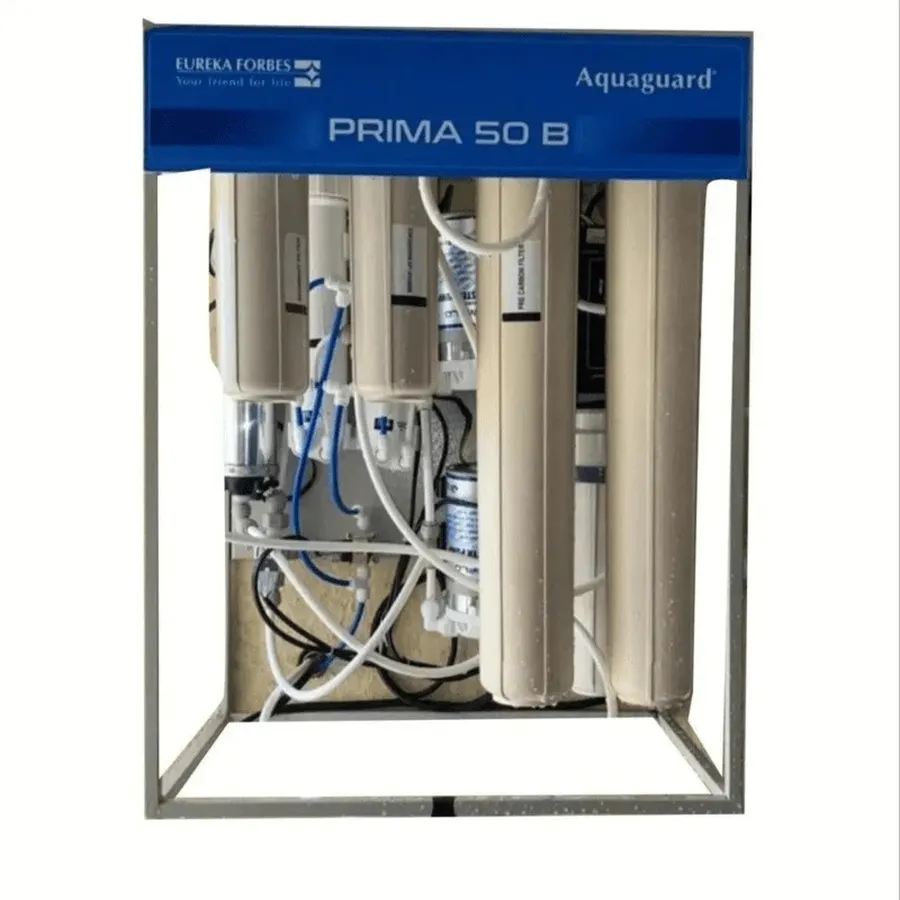
Acquiring a replacement Aquaguard RO UV PCB requires careful consideration of various purchasing avenues. Each option presents its own set of advantages and disadvantages concerning cost, authenticity, and convenience, factors that must be weighed to make an informed decision.
| Purchase Option | Pros | Cons | Considerations |
|---|---|---|---|
| Authorized Service Centers | Guaranteed authenticity, Expert installation available, Warranty support | Higher cost, Limited availability, Potentially longer wait times | Best option if authenticity and professional service are paramount. |
| Online Marketplaces (e.g., Amazon, IndiaMart, Meesho) | Wide selection, Competitive pricing, Convenient shopping, User reviews | Potential for counterfeit products, May lack installation support, Warranty claims could be complex | Ideal for price-conscious buyers who can verify product authenticity and potentially manage DIY installation. |
| Local Electronics Retailers | Physical inspection of products, Immediate availability, Option for in-person support | Potentially limited selection, Pricing may vary, May not be knowledgeable about specific Aquaguard models | Good option if you prefer to see the product before buying and need immediate availability. |
DIY Replacement vs. Professional Service for Aquaguard RO UV PCB
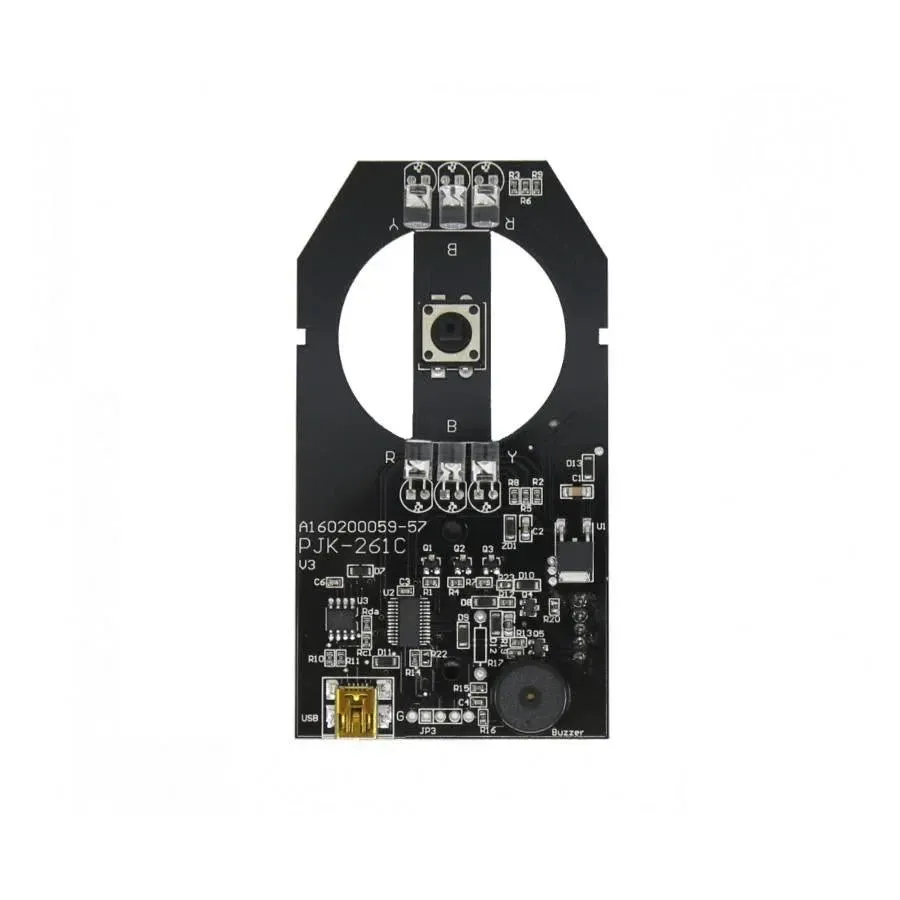
Replacing an Aquaguard RO UV PCB involves a critical decision: whether to handle it yourself or seek professional assistance. This choice hinges on your technical aptitude, comfort level with electronics, and an understanding of the potential risks and rewards associated with each approach. This section provides a comprehensive comparison to help you make an informed decision.
| Factor | DIY Replacement | Professional Service |
|---|---|---|
| Technical Expertise | Requires basic understanding of electronics, tools, and circuit board connections. | Utilizes the expertise of trained technicians with in-depth knowledge of Aquaguard systems. |
| Risk of Damage | Higher risk of damaging the new PCB or other components due to improper handling or connection. Could lead to voided warranty. | Lower risk of damage due to experienced handling and professional tools. May retain warranty validity. |
| Tools Required | Requires basic tools such as screwdrivers, wire strippers, and multimeter. Proper handling of electronic components is also essential. | Technicians come equipped with necessary tools and equipment specific to PCB replacement. |
| Time Investment | Time-consuming for those unfamiliar with PCB replacement, may require research and careful execution. | Faster and more efficient process, minimizing downtime of the water purifier. |
| Cost | Potentially lower upfront cost, primarily the price of the replacement PCB, but potential additional costs if mistakes are made. | Higher upfront cost, including labor charges, but ensures correct installation and may avoid costly future repairs or additional replacement. |
| Warranty | May void the warranty if the installation is not performed correctly, or the PCB is damaged during self replacement. | Typically maintains the warranty, provided the service is carried out by an authorized center. |
| Troubleshooting | Requires the ability to troubleshoot independently if issues arise post-installation. May lack the knowledge to diagnose complex issues. | Professional technicians have the experience and tools to troubleshoot issues. Ensure the installation is done according to the manufacturer's specifications. |
| Safety | Requires knowledge of electrical safety protocols to avoid potential injury during replacement. Risk of incorrect installation and electrical shock. | Minimizes safety risk through their expertise in electrical systems. |
Choosing between DIY replacement and professional service for your Aquaguard RO UV PCB depends on your comfort level, technical background, and willingness to take on risk. If you are confident in your abilities and understand the precautions, DIY may be suitable. However, for optimal performance, safety and to preserve warranty, a professional service is often the more prudent approach.
Troubleshooting Common Aquaguard RO UV PCB Issues
Identifying common issues with your Aquaguard RO UV PCB is crucial for maintaining optimal water purifier performance and determining if a replacement is necessary. These issues often manifest as functional irregularities that can impact the purification process. Understanding these signs allows for timely intervention, potentially preventing more extensive damage.
Before attempting any troubleshooting, always ensure that the power supply to the Aquaguard unit is disconnected to avoid any electrical hazards.
- Purifier Not Starting
If the Aquaguard unit fails to power on or the indicator lights are not illuminating, it could indicate a PCB issue or a power supply problem. Begin by checking the power cord and the power outlet, if they are fine proceed to check the PCB. - Inconsistent Water Flow
If the water flow is inconsistent, either reduced or coming in intermittent spurts, it could be due to the pump motor or the PCB not operating correctly. A PCB malfunction can interrupt proper pump function. - UV Lamp Failure
If the UV lamp does not illuminate despite the purifier operating, a damaged lamp or a malfunctioning PCB that does not correctly control the UV lamp operation are possible causes. Check that the lamp is correctly installed before suspecting the PCB. - Error Codes Displayed
Many modern Aquaguard models display error codes when a fault is detected. Check the user manual to see what the code indicates. A PCB problem will often be indicated by particular codes related to sensor failures and control problems. - Sensor Malfunctions
If sensors for water level, filter life, or UV intensity are not giving correct readings, this may be caused by a faulty PCB which is not processing the sensor signals correctly or faulty sensors. Inspect sensor wires to verify sensor connection to the board before suspecting the PCB. - Unusual Noises
Buzzing or clicking sounds from the unit may indicate a failing component including a malfunctioning PCB. Note the timing and location of such noises as it provides additional diagnostic information.
If you suspect a PCB malfunction, visual inspection of the PCB may be helpful. Look for visible damage such as burnt components, loose connections or corroded areas on the PCB. Such observations should warrant a replacement of the PCB or the service of a qualified technician.
Basic troubleshooting is helpful to isolate a PCB related issue from other possible issues; however, complex issues or those involving electronic repair should be referred to qualified technicians for safety and efficacy.
Aquaguard RO UV PCB Maintenance Tips
Extending the lifespan of your Aquaguard RO UV PCB requires proactive maintenance and a clear understanding of factors that can compromise its performance. Proper care can significantly reduce the frequency of replacements, ensuring consistent water purification and saving on long-term costs.
- Preventing Water Ingress
Ensure that the area housing the PCB is free from moisture and water leaks. Water damage is a primary cause of PCB failure. Periodically check for leaks around the purifier and the PCB housing. - Maintaining Consistent Power Supply
Voltage fluctuations and power surges can damage the sensitive electronic components on the PCB. Use a good quality voltage stabilizer to protect the PCB from electrical disturbances. Avoid plugging the purifier into damaged or overloaded sockets. - Regular Cleaning
Dust and debris can accumulate on the PCB and its components, leading to overheating or corrosion. Clean the PCB and its housing with a soft, dry cloth or a gentle brush. Avoid using wet cloths or cleaning agents that can damage the electronics. - Avoiding Exposure to High Temperatures
Do not place your water purifier in direct sunlight or near other heat sources. Excessive heat can damage the components on the PCB and shorten its lifespan. Ensure there is adequate ventilation around the purifier. - Promptly Addressing Issues
If you notice any unusual behavior of the purifier, such as erratic operation, error codes, or frequent shutdowns, address it immediately. Ignoring these issues can lead to more significant damage to the PCB and other components. Consult the user manual or a technician for assistance.
Frequently Asked Questions About Aquaguard RO UV PCB
This section addresses common queries regarding Aquaguard RO UV PCBs, providing clear and concise answers to help users understand their function, maintenance, and potential issues. These FAQs aim to provide practical guidance and clarity.
- Can a faulty PCB cause other issues in my Aquaguard RO UV purifier?
Yes, a malfunctioning PCB can lead to various problems. Since the PCB controls vital functions like the RO pump, UV lamp, and sensors, a fault can cause the purifier to stop working altogether, produce impure water, or exhibit erratic behavior. It's crucial to address PCB issues promptly to prevent further damage and ensure safe water purification. - How often should an Aquaguard RO UV PCB be replaced?
There's no set replacement schedule for PCBs. Their lifespan depends on several factors, including usage patterns, power fluctuations, and environmental conditions. However, if you experience consistent performance issues, erratic behavior, or if the purifier stops working despite other components being functional, it's likely the PCB needs replacement. It's also important to follow the manufacturer's recommendations and perform timely maintenance. - What are the common signs of a failing Aquaguard RO UV PCB?
Common indicators include the purifier not starting, the UV lamp not functioning, the RO pump failing to operate, or the device exhibiting error codes or unusual blinking patterns. If the system starts and stops intermittently or fails to produce purified water even when other filters are new, this could also suggest a PCB problem. - Can I repair the PCB of my Aquaguard RO UV purifier, or does it always require a replacement?
In some cases, minor PCB issues might be repairable, such as replacing a burnt-out capacitor or resistor. However, PCB repair usually requires specialized skills and equipment, and it is often more cost-effective to replace the entire unit. If there are signs of water damage, severe burning, or if multiple components are affected, replacing the PCB is the best course of action. - Is it safe to use my water purifier if the PCB is malfunctioning?
No, it is not recommended. A faulty PCB can compromise the entire purification process. This means the water might not be adequately treated, and contaminants could still be present. Moreover, malfunctioning electrical components can be a safety hazard. Using a purifier with a faulty PCB is not advised until the issue has been resolved. - Are there any preventative steps to take to prolong my Aquaguard RO UV PCB's life?
Yes, taking some preventative measures can indeed increase the lifespan of the PCB. You should protect it from water damage, ensure a stable power supply by using a stabilizer, avoid direct sunlight and humidity, and use the correct replacement components for the device. Regular inspection of all components and timely maintenance can also identify potential issues early on. - Can a surge protector help prevent damage to the Aquaguard RO UV PCB?
Yes, a surge protector is a valuable investment. Power surges can damage the sensitive electronic components of a PCB. By using a good quality surge protector, you can minimize the risk of electrical damage due to power fluctuations. This is especially important in areas that experience frequent power outages.
Understanding the Aquaguard RO UV PCB price is critical for maintaining your water purifier’s peak performance. By considering the factors influencing the 'aquaguard ro uv pcb price', exploring various purchasing options, and adopting best maintenance practices, you can make informed decisions, ensuring access to clean and safe drinking water while optimizing the value of your investment in your Aquaguard system. Remember, a well-maintained PCB will not only save money, but more importantly, safeguard your health. Therefore, regular checks, prompt repairs and an understanding of the 'aquaguard ro uv pcb price' are vital.
 AnyPCBA
AnyPCBA